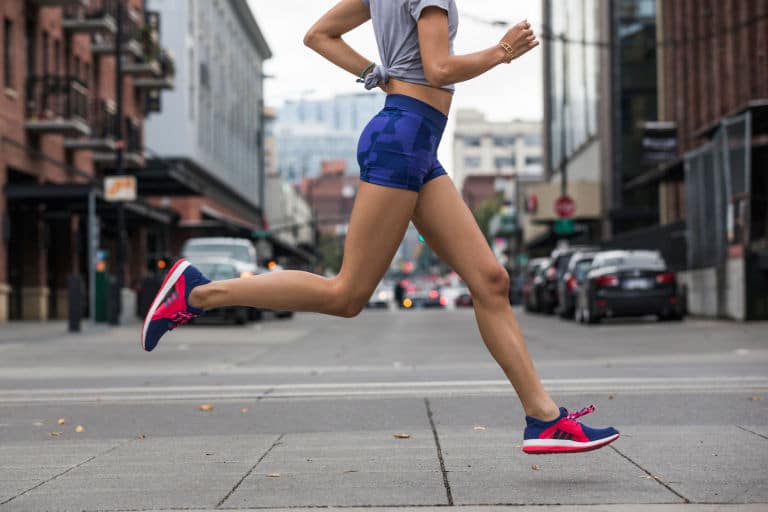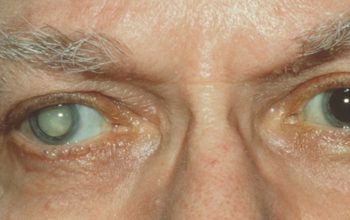How? New research highlights you might be more susceptible to injury- muscle and tendon damage- around ovulation.
The following written content by Jasmine Marcus, D.P.T.
While a lot of runners track their periods so they can be prepared with the appropriate supplies, many don’t realize that monitoring their cycle may also help them gain insight into their potential risk of injury.

A recent study in Frontiers in Physiology following elite English soccer players found the athletes were almost twice as likely to sustain muscle and tendon injuries mid-cycle, near ovulation, compared to at other times. Whereas other research has similarly shown mid-cycle to be a riskier time for getting hurt, those studies focused solely on ACL injuries. The only other paper to look closely at all types of injuries found athletes to be at a higher risk of getting hurt while getting their periods, a notion that’s commonly cited, but has some methodological faults. That study didn’t clearly define the cycle’s phases or differentiate between different types of injury.
The new study is part of a growing body of research that has found the opposite: There’s a greater risk of athletic injury near ovulation, when an egg is released from the ovaries, compared to other times in the cycle.
Period Phases
A typical menstrual cycle for those not using hormonal birth control lasts 21 to 34 days and is counted from day one of getting your period until day one of the next period. It’s divided into stages by ovulation—the follicular phase before ovulation and the luteal phase after.
The new study tracked the menstrual cycle phases even more closely, differentiating between the follicular and late follicular phases. During the late follicular phase, defined as the three-day period preceding and including ovulation, estrogen peaks, and can be about 10 times higher than in the early follicular phase. Although there’s some debate as to how exactly estrogen impacts the body’s tissues, it appears that fluctuations of the hormone may play a role in injury risk, possibly by affecting tendon and ligament stiffness. Read more from Runner’s World
Watch here: not new, but interesting video of elderly runners breaking world records:





